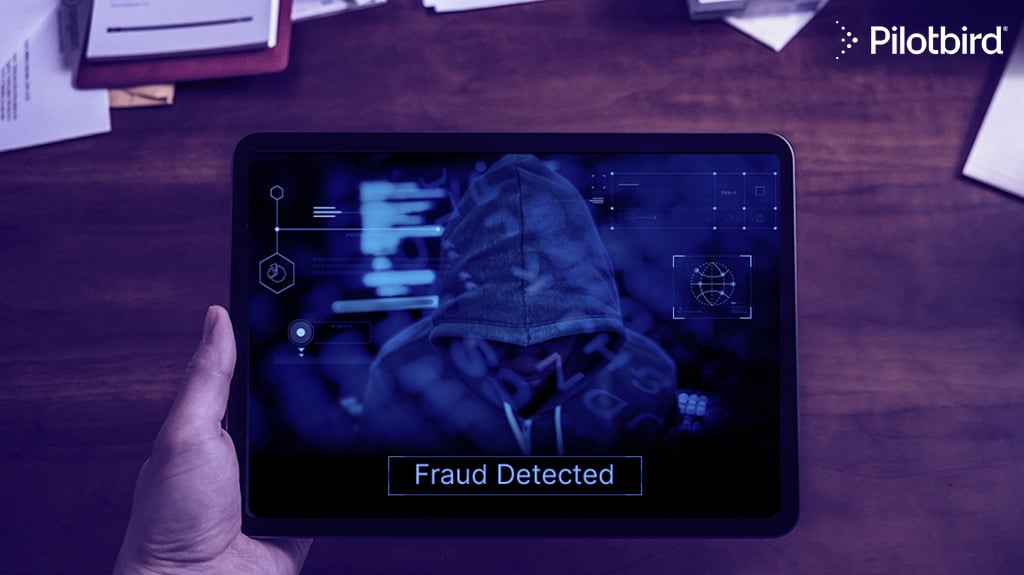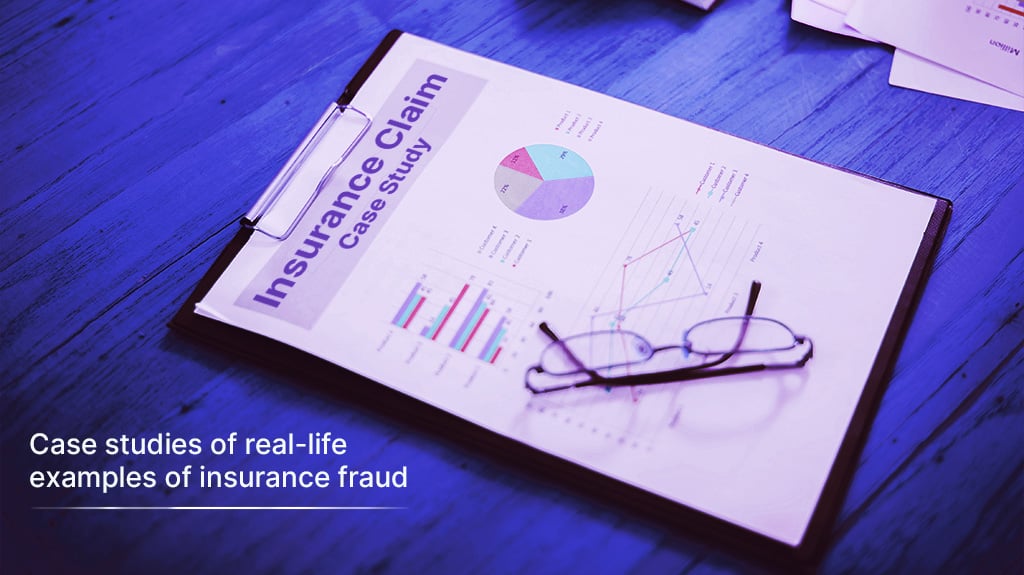Are you aware that insurance fraud costs the average family between $400 to $700 in annual premiums?
Achieving excellence in insurance claims protection is no walk in the park, particularly in today's rapidly evolving business and consumer landscape. Fraudulent claims continuously threaten individuals' and organizations' profitability, integrity, personnel, and strategic partnerships.
To handle this ever-present challenge, organizations must establish clear and measurable goals and KPIs to measure the effectiveness of fraud prevention initiatives.
Delve into the top measurable goals and KPIs that help in modern insurance claims fraud prevention and how a solid HR infrastructure can support them.
Goals and KPIs
Insurers and other organizations should consider integrating the following measurable goals and KPIs into their claims fraud prevention strategies:
Leveraging Modern Technology and Tools
Modern fraudulent insurance practices call for modern technology to help measure various KPIs that assess how effective an organization's fraud prevention is, including:
-
False Positive Rate – the percentage of cases identified as potentially fraudulent but later determined legitimate. The lower the false positive rate, the more accurate the fraud detection system and the reduced denial of legitimate claims.
-
Detection Rate – the percentage of fraudulent claims successfully identified and flagged by the system. The higher the detection rate, the more effective the fraud prevention system, enhancing early intervention.
-
Investigation Rate – the percentage of flagged cases that are investigated. The higher the investigation rate, the more effective the proactive approach to examining suspicious claims is.
-
Recovery Rate – the percentage of fraudulent claims that result in successful funds or asset recovery. A higher recovery rate indicates effective recovery strategies, mitigating financial losses due to fraud.
-
Average Time to Investigation – the average time it takes to investigate a suspected fraudulent claim. The shorter the time, the faster the resolution, minimizing the impact of fraud.
Robust Claims Fraud Prevention Systems
In most cases, taking a proactive approach to preventing modern fraud involves incorporating the following systems:
-
Fraud Monitoring – using data analytics to identify patterns indicating potential fraudulent activities. For instance, claims submitted from the same IP address or for suspiciously high amounts of payouts.
-
Social Media Investigations – searching social media for posts and engagements that may be related to or indicate fraud. They can help differentiate between a claimant's claim and their online activities.
-
Special Investigations Unit Software – tracks, manages, and streamlines fraud investigations to enhance efficiency, automation, accuracy, and consistency.
-
Social Media Detection – uses advanced tools and algorithms to monitor and identify potential fraud in social media accounts, such as claimants boasting about false claims.
These systems enable organizations to measure fraud detection accuracy, investigation efficiency, and technology tool utilization for effective fraud prevention.

Enhanced Employee Awareness and Training
Employees are often the first line of defense against fraud. Organizations can train employees on:
-
The different types of insurance fraud
-
How to identify fraudulent claims and the red flags to watch out for
-
How to report suspected fraud
-
How fraud impacts the employee directly
Organizations can measure how effective the training programs are through employee participation in the training and the percentage of completed training modules. Moreover, employee feedback during and after the training provides insights into how well and ready the employees are to prevent fraud.
Besides, SHRM reports that organizations with anti-fraud training programs for employees are more likely to detect fraud.
Creating a Robust Fraud Reporting and Investigation Process
A robust fraud reporting and investigation process is vital for effectively preventing and detecting fraud. This process should help employees easily report suspected fraud, leading to prompt and thorough investigations and subsequent appropriate actions if fraud is found.
The key indicators organizations should assess include:
-
The average investigation and resolution time.
-
The percentage of successfully investigated and resolved fraud cases.
-
Employee satisfaction with the fraud reporting and investigation process.
These insights assess how the employees feel supported and encouraged to report suspected fraudulent activities.
External Partnerships and Resources for Fraud Prevention
Insurance companies can partner with external entities and seek resources to prevent fraud. They can partner with law enforcement, fraud prevention organizations, and technology companies for additional investigative expertise, data analytics tools, and industry insights.
Organizations can track and measure:
This way, businesses can know how effective these partnerships are in detecting and preventing modern claims fraud.
The Financial Impact of Fraud Prevention Efforts
While effective fraud prevention can protect insurers' financial health, it can be resource-intensive.
That's why it's important to measure the financial impact of fraud prevention efforts through the following metrics:
-
The cost savings the fraud detection and prevention efforts have achieved.
-
Tracking the percentage insurance premiums reduction.
-
The percentage of fraudulent claims that are prevented
-
Determining the increase in customer retention, satisfaction, and acquisition rates.
These metrics help evaluate whether the financial input into the fraud prevention strategies is worth the investment.
Ongoing Monitoring of Fraud Prevention Processes
Effective fraud prevention is an ongoing process that requires continuous monitoring and data analysis. It's the best way to ensure that the processes implemented remain effective and aligned with the evolving nature of insurance claims fraud.
Organizations can achieve this by:
-
Regularly reviewing and updating their fraud prevention policies based on emerging data insights, industry trends, regulations, and fraud tactics.
-
Tracking any increase in data-driven fraud prevention decision-making.
-
Assessing any changes and improvements to their fraud prevention processes.
Effectively tracking these metrics demonstrates an organization's commitment to enhance and optimize its fraud prevention procedures continuously.
Building an HR Infrastructure for Prioritizing Insurance Fraud Prevention
The HR department is integral in preventing insurance claims fraud in every organization.
They can build a robust infrastructure that involves:
- Designating a dedicated team to oversee and implement fraud prevention initiatives.
- Developing and enforcing clear roles and responsibilities related to fraud prevention.
- Regular performance evaluations and reward systems that incentivize fraud prevention efforts.
- Ongoing employee training and education on fraud prevention best practices.
- Open communication and reporting, including anonymous reporting channels and whistleblowers protection.
- Regular communication to update employees on the latest fraud trends, regulations, prevention strategies, and policy changes.
- Regular audits and feedback to continuously monitor and assess the effectiveness of fraud prevention efforts.
- Integrating fraud prevention into employee recruitment and onboarding processes.
Measuring Goals and KPIs Effectively With Pliotbird
Implementing these indispensable metrics means enhanced fraud prevention efforts, risk mitigation, and safeguarding individuals' and organizations' financial health. Most importantly, they provide invaluable insights that guide organizations in making enhanced data-driven decisions.
The path to success also lies in leveraging the right modern fraud monitoring tool, like Pilotbird. The platform's cutting-edge features empower effective fraud monitoring, detection, and prevention of fraudulent insurance claims.
Try a demo of Pilotbird's fraud monitoring solution and proactively protect policyholders' interests.
REFERENCES




Leave a Comment
Your email address will not be published. Required fields are marked *